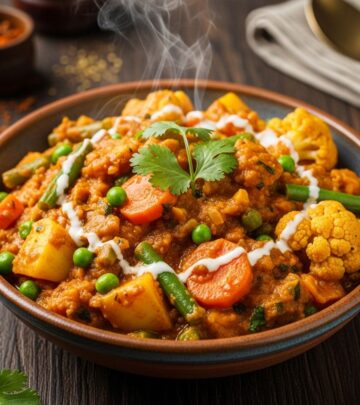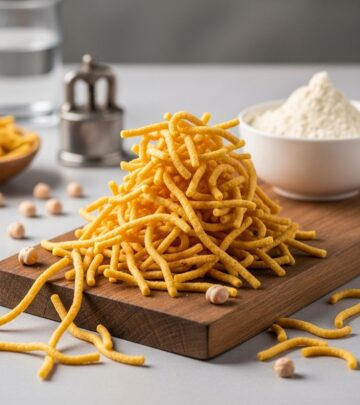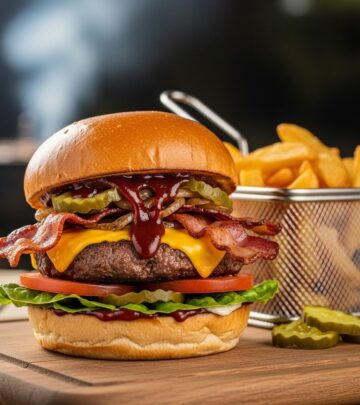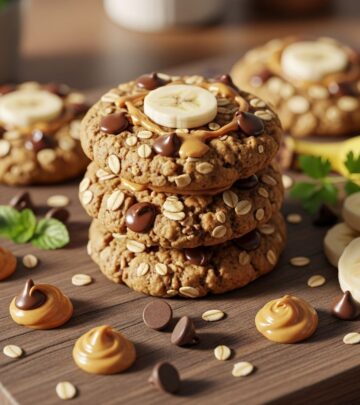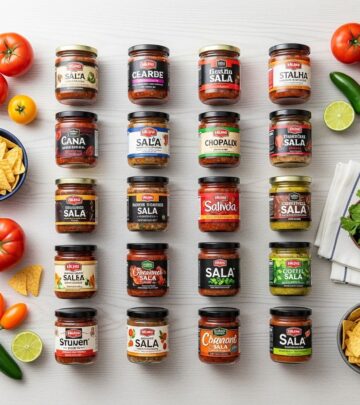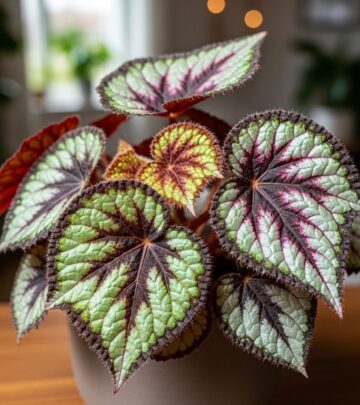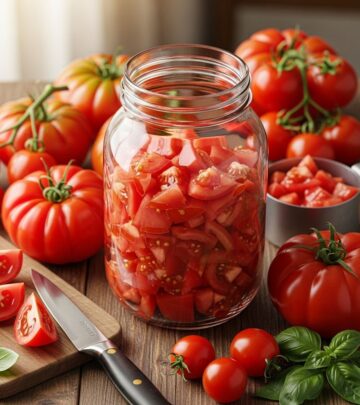Florida Growing Zones: A Gardener’s Guide to Plant Hardiness and Microclimates
Seasonal timing and microclimate nuances guide successful planting statewide.
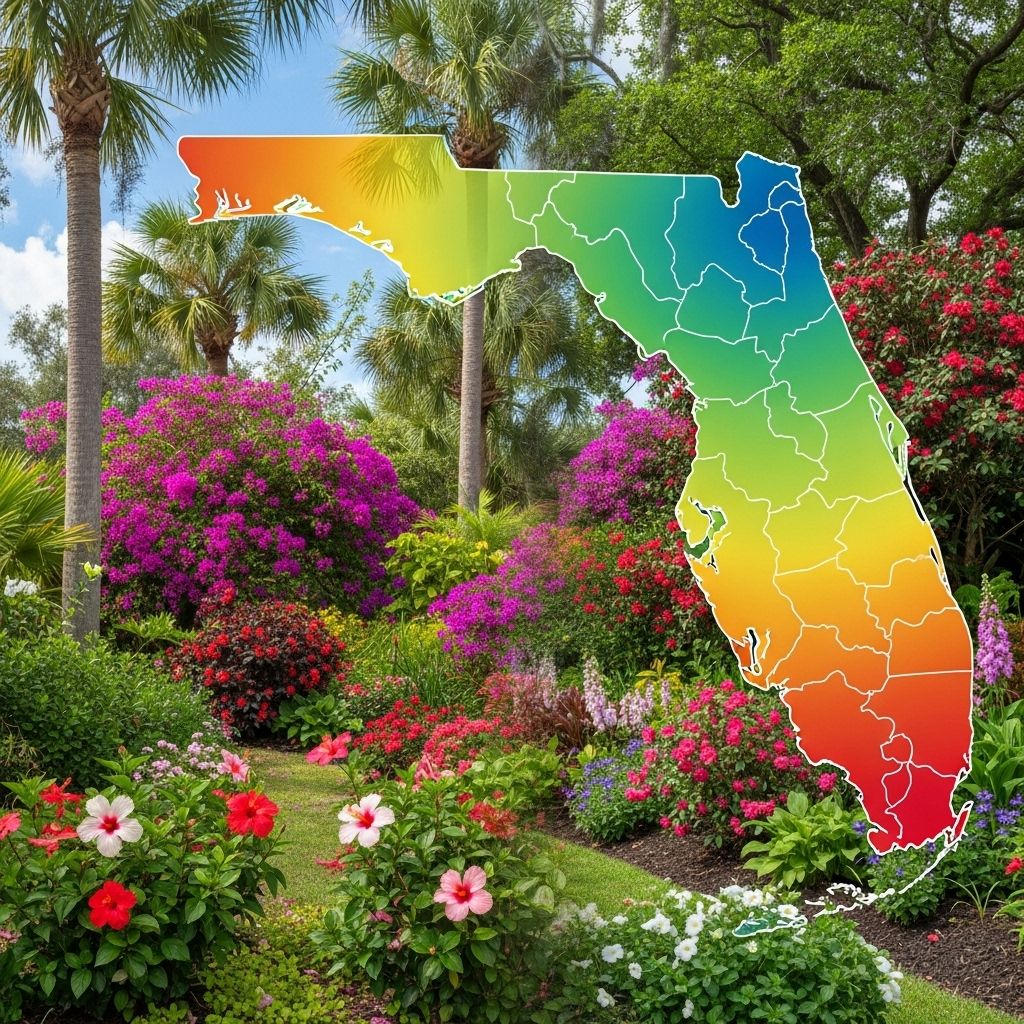
Image: HearthJunction Design Team
Florida Growing Zones: Understanding Your Planting Success
Florida’s diverse climate makes gardening both exciting and challenging. To succeed, gardeners need to know their USDA hardiness zone, understand regional microclimates, and adapt their plant choices to local conditions. From tropical southern regions to temperate northern areas, Florida’s growing zones shape what you can successfully cultivate—and when. This guide unpacks everything you need to know about Florida growing zones, microclimates, and how to make the most of the Sunshine State’s bounty.
What Are Growing Zones?
The term growing zone refers to the USDA Plant Hardiness Zones, a system that divides North America into regions based on the average annual minimum winter temperature. Each zone is defined by a 10°F temperature range and is crucial for determining which plants will survive outdoors year-round.
- Zones are numbered from 1 (coldest) to 13 (warmest).
- Each zone is split into subzones “a” and “b” to reflect finer temperature differences.
- Florida’s zones generally range from 8a in the north to 11b in the Keys.
Knowing your growing zone helps you pick plants that can thrive in your location’s minimum winter temperatures. However, it’s important to remember that temperature is only one part of the puzzle—other factors like humidity, rainfall, and soil also play roles.
Florida’s Unique Climate & Hardiness Zones
Florida is renowned for its varied climate, stretching from subtropical in the north to fully tropical in the south. These differences significantly influence what you can grow:
- Zone 8a–9a: Florida Panhandle and north-central Florida. Winters can bring light freezes; cool-season crops do well here.
- Zone 9b–10a: Central Florida, including Orlando and Tampa Bay. Frost is rare but possible; a wide range of plants can thrive.
- Zone 10b–11a: South Florida, including Miami and the Florida Keys. Nearly frost-free with a year-round growing season; best for true tropical plants.
| Zone | Average Winter Low | General Region | Example Cities |
|---|---|---|---|
| 8a | 10–15°F | Far north FL (Panhandle) | Pensacola |
| 9a | 20–25°F | North/central FL | Gainesville |
| 9b | 25–30°F | Central FL | Orlando |
| 10a | 30–35°F | South-central FL | Tampa, Clearwater |
| 10b | 35–40°F | South FL | Fort Lauderdale |
| 11a/11b | 40–50°F | Florida Keys | Key West |
How to Find Your Florida Growing Zone
To determine your growing zone, follow these steps:
- Use the USDA Plant Hardiness Zone Map online (updated 2023) and enter your ZIP code.
- Compare your location to regional charts or ask your local extension office.
- Remember, your exact microclimate may be warmer or cooler than the map indicates, especially if you’re near water or at higher elevation.
Florida Zones in Detail
Zone 8a/8b – North Florida
The far north of Florida dips into Zone 8, which sees occasional hard freezes.
- Cold-sensitive tropicals are risky unless protected or grown as annuals.
- Excellent for temperate fruit trees (peaches, apples), cool-season vegetables, and many ornamentals.
Zone 9a/9b – Central Florida
These zones enjoy mild winters with rare frosts. The last frost may arrive as late as March, but growing seasons are long.
- Ideal for citrus, figs, persimmons, avocados, tomatoes, peppers, and many subtropical ornamentals.
- Warm-season crops need to be planted early before summer’s heat intensifies; cool-season crops do best in fall and winter.
Zone 10a/10b – South Florida
Coastal areas south of Lake Okeechobee rarely freeze. Almost any tropical fruit, vegetable, or flower will thrive here.
- Bananas, mangoes, papayas, lychee, and key limes grow easily outdoors.
- Very little winter chill for temperate fruits; most stone fruits won’t set fruit reliably.
Zone 11a/11b – Florida Keys
The Keys represent a fully tropical climate with virtually no chance of frost.
- Excellent for coconuts, ultra-tropicals, and heat-loving annuals.
- Chill-requiring plants will not thrive here.
Growing Zone Limitations: Factors Beyond Temperature
While USDA zones provide a vital baseline, they only measure average minimum winter temperature. Florida gardeners should consider additional factors:
- Humidity: High humidity can promote diseases or stress certain plants.
- Rainfall: Wet and dry seasons affect irrigation and plant choices.
- Soil type: Sandy soils dominate much of Florida, impacting drainage and fertility.
- Sun intensity: Florida’s strong sun can scorch plants not adapted to high UV indexes.
Hardiness zones are helpful, but for beginner gardeners, they can often confuse you more than they clarify. They’re based on the average
(YouTube)
Microclimates: Your Personal Florida Garden Zone
Even within the official USDA zone, your exact location may be warmer, cooler, wetter, drier, shadier, or sunnier. These microclimates are influenced by:
- Proximity to large bodies of water (coastlines, lakes)
- Urban heat islands (cities are often warmer than surrounding countryside)
- Sheltered spots (near walls, fences, or under trees)
- Elevation changes
Tip: Use microclimates to “push the zone,” growing plants one zone outside your official area by providing shelter, extra warmth, or shade as needed.
Seasonal Gardening in Florida: Timing Your Crops
Florida’s climate means you can garden almost year-round, but timing is essential. Seasons are not like northern states:
- Cool-season crops (lettuce, broccoli, carrots) are best grown in fall and winter.
- Warm-season crops (tomatoes, peppers, squash) perform well in early spring or fall; summers may be too hot and rainy.
- Tropical fruits and ornamentals can grow year-round in zones 10 and 11.
Best Plants for Each Florida Zone
Zone 8
- Collards, cabbage, kale, broccoli (winter)
- Carrots, onions, potatoes, peas
- Apples, peaches, pears, blueberries
- Azaleas, camellias, hydrangeas
Zone 9
- Sweet corn, okra, beans, peppers, eggplant
- Citrus, figs, bananas, persimmons, guava
- Gardenias, plumerias, pentas
Zone 10–11
- Mangoes, papayas, lychees, avocados, sapote, jackfruit
- Key lime, starfruit, pineapples, guava
- Hibiscus, bougainvillea, heliconia, croton
Common Questions About Florida Growing Zones
What is my Florida growing zone?
Most Floridians live in zones 8a to 11a. Use the USDA Plant Hardiness Zone Map or check with your local extension service to confirm your exact zone.
Can I grow tropical fruit trees in North Florida?
Tropical fruit trees are risky in zones 8a and 9a, but you can experiment with protection (greenhouses, frost cloth, microclimates). Subtropical and temperate fruit trees are usually a safer bet.
Why did my plant fail even though it’s rated for my zone?
Other factors (humidity, rainfall, soil, disease, sun intensity) can affect success. Zones only measure average minimum winter temperatures.
Can I “push the zone” to grow exotics?
Yes! Sheltering plants near warm walls, patios, or under tree canopies can help sensitive species survive unusual cold snaps—or try container gardening so plants can be protected during freezes.
When should I plant vegetables in Florida?
Most vegetables are planted earlier in the spring or in fall. Summer heat and rains can stress many traditional garden crops, so learn your local planting calendar.
Why are there so many Florida microclimates?
Large bodies of water, urban areas, elevation, and natural windbreaks all create unique conditions that can shift your yard’s temperature by several degrees (sometimes changing your practical growing zone).
Tips for Thriving in Your Florida Zone
- Choose plants suited for your zone and microclimate.
- Monitor your yard for cold or hot spots.
- Use mulch to protect roots and conserve moisture.
- Prepare for hurricanes and strong storms, especially in coastal zones.
- Consult local extension offices for tailored planting advice.
Recommended Resources
- USDA Plant Hardiness Zone Map
- Florida Master Gardener Extension Program
- Local county extension offices
- UF/IFAS Gardening Solutions
Unlock the Full Potential of Your Florida Garden
Understanding Florida’s growing zones is the first step toward gardening success, but it’s just the beginning. Pay close attention to your yard’s unique microclimates, choose plants wisely, and time your plantings for Florida’s distinct seasons. With these strategies, you’ll enjoy a more resilient, productive, and beautiful garden no matter where in the Sunshine State you call home.
References
Read full bio of Shinta

